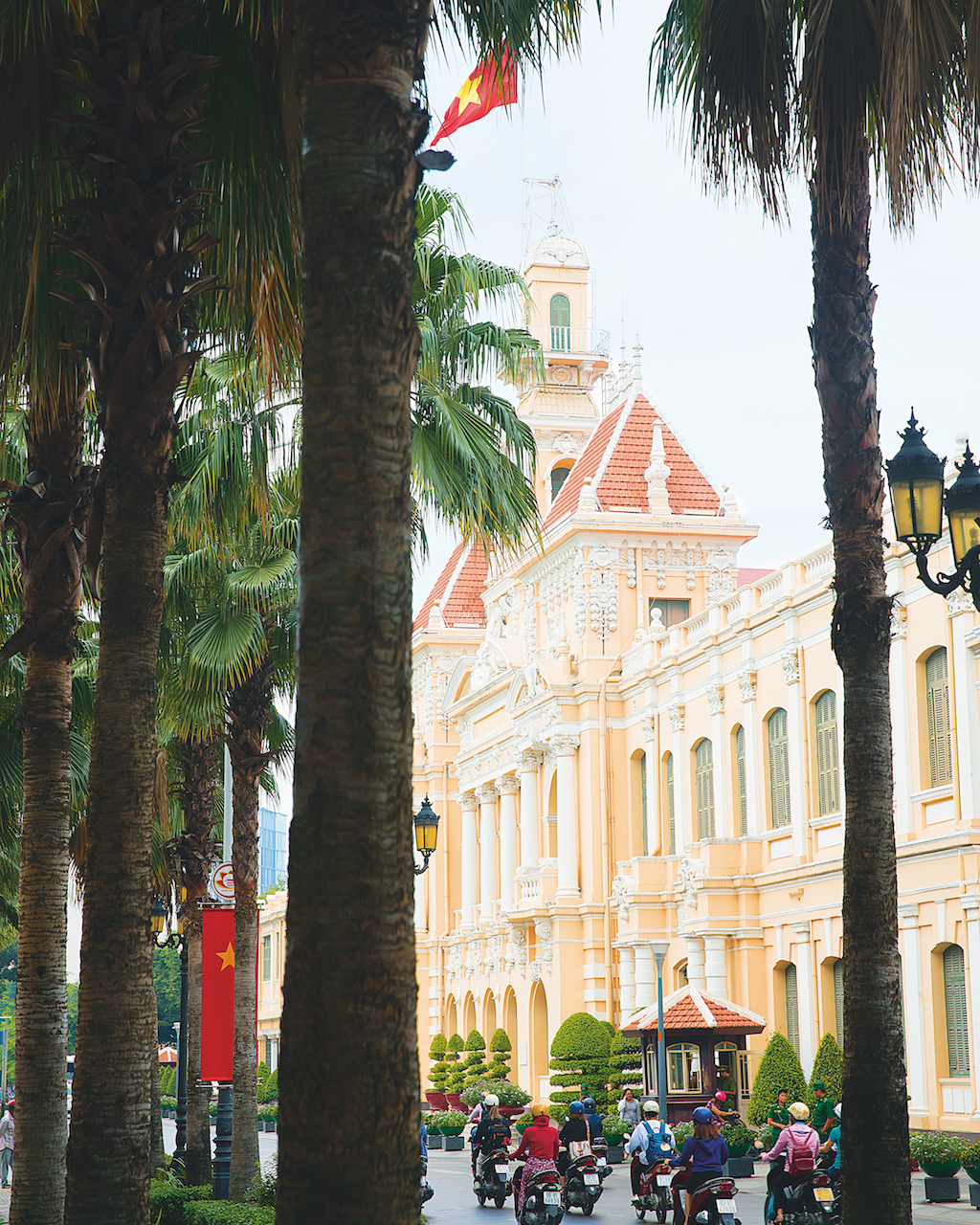
In 2015, I was turning 40, and so was a reunified Vietnam. While I decided against celebrating my big day, Ho Chi Minh City (née Saigon) was obliged to pull out all the stops on 30 April, the anniversary of Liberation Day – still referred to as the “Fall of Saigon” in the United States. It felt like the whole city was ready to paint the town red. As a woozy, purple dusk thickened over the Saigon River, I jumped into a taxi by my apartment block, eager to get in the mix. But I didn’t make it far. With a number of high-profile galas and military parades, and scores of global media outlets parachuting into town, central roads were closed to traffic for security reasons.
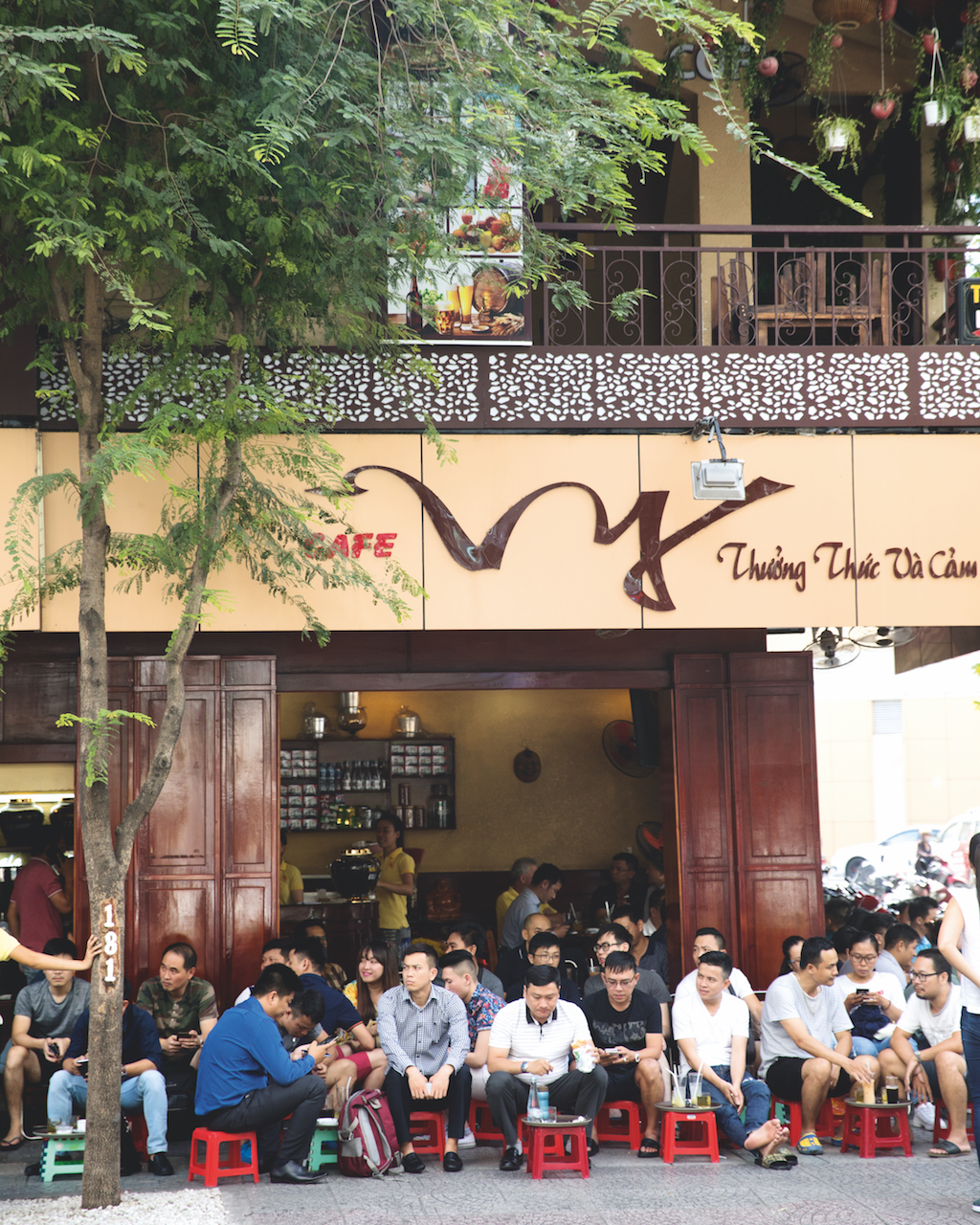
On the edge of District 1, the normally ungovernable traffic was at a standstill. It made sense to hoof it. Even the taxi driver agreed. I clambered out and wandered through Little Japan, the unofficial name for a lively network of back alleys, where every night scores of Japanese expatriates, and many others, frequent any number of izakaya, yakitori and ramen joints. From there, I marched on to the city’s historic heart, where in the late 19th and early 20th centuries, various French colonial administrations tried to transform a swampy frontier town into the ideal métropole – with tree-lined boulevards and sidewalks, lush botanical gardens and replicas of the French Third Republic’s most sumptuous architecture.
“This city is bulging at the seams but there’s an easy-going essence that has endured”
Nearly seven decades on, it’s clear the city would rather look to the East for architectural inspiration, eager to emulate the likes of Shanghai, Seoul and Singapore. High-rises and skyscrapers have been steadily usurping century-old French colonial structures as the city’s most prominent (and photographed) landmarks – today the city’s centrepiece is Bitexco Financial Tower, a 262m structure with a curved, glassy exterior that might remind some of the Burj Al Arab in Dubai.
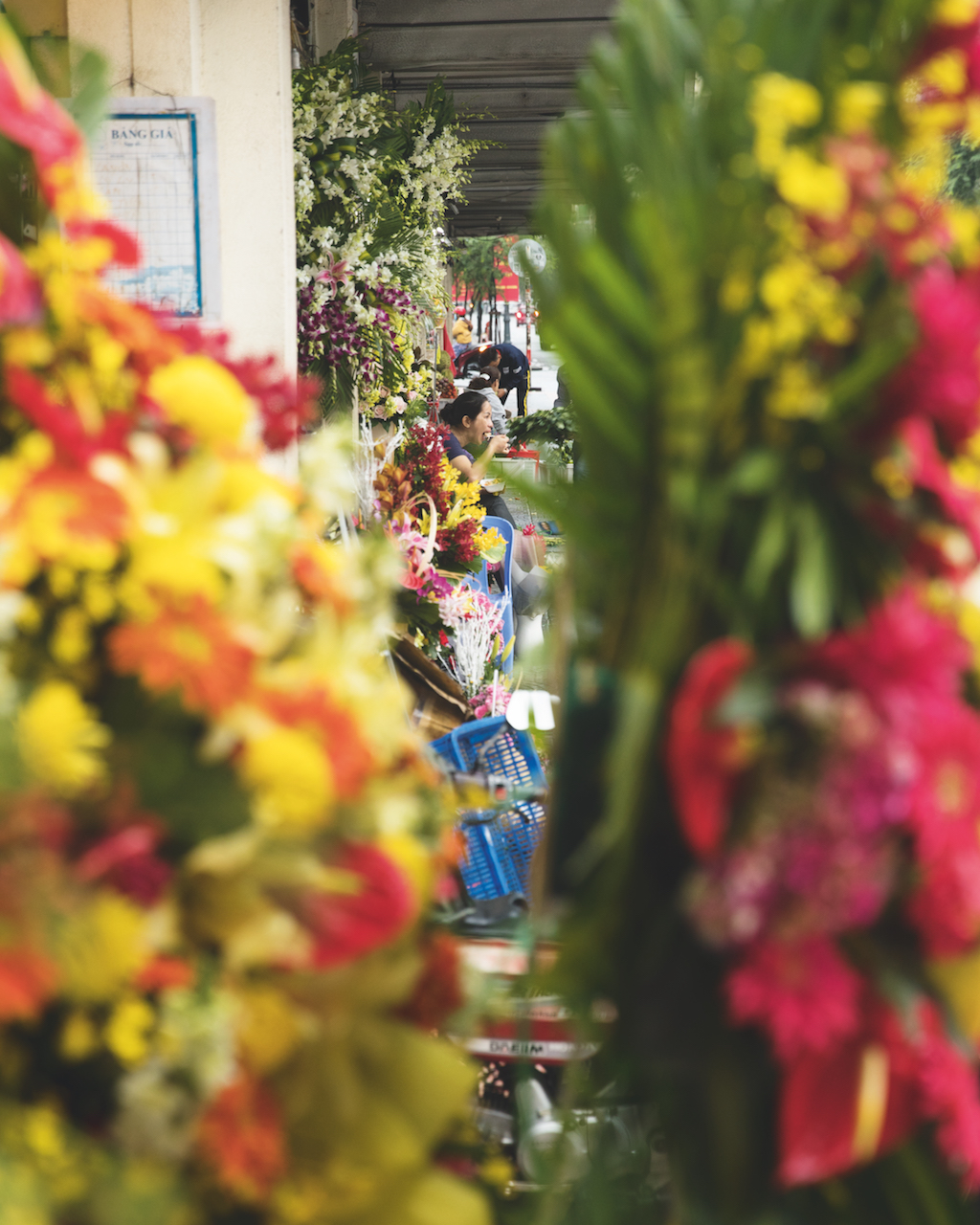
But as with the showpiece Saigon of yesteryear, the monumental side of Ho Chi Minh City today distracts visitors from the dense network of alleyways and street-level experiences. With 85% of Ho Chi Minh City inhabitants living along an alleyway, according to the academic Marie Gilbert, “Walking along the alleyways and associated neighbourhoods allows one to take in the pulse of the city and to enjoy a dynamic atmosphere as it changes throughout the day, and even during the year.”
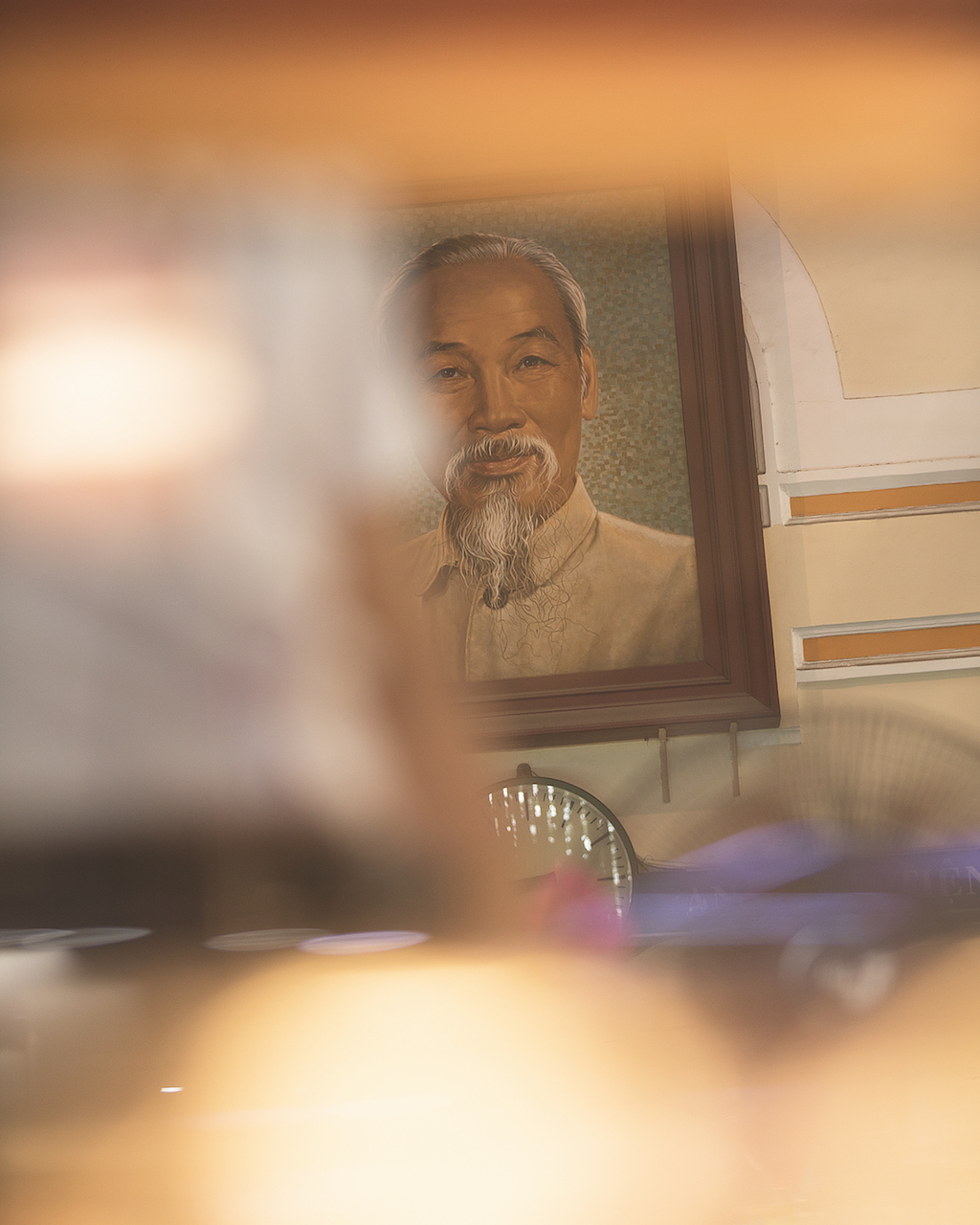
“Many Vietnamese are proud that we now have skyscrapers, but generally Saigonese are more comfortable in unassuming places. That’s why there are more stories and characters to be found in the side streets and back alleys,” says Dang Duong, a local tourism and heritage expert, who, like some 70% of the local population, was born after the country reunified. A charming and curious conversationalist, Duong (unlike many Saigonese) walks everywhere. “If you ride around on a motorbike, or take taxis, you’re disconnected from the city,” she says. “It’s only by walking you can access the hem (alleyways), some of which are 100 years old.”
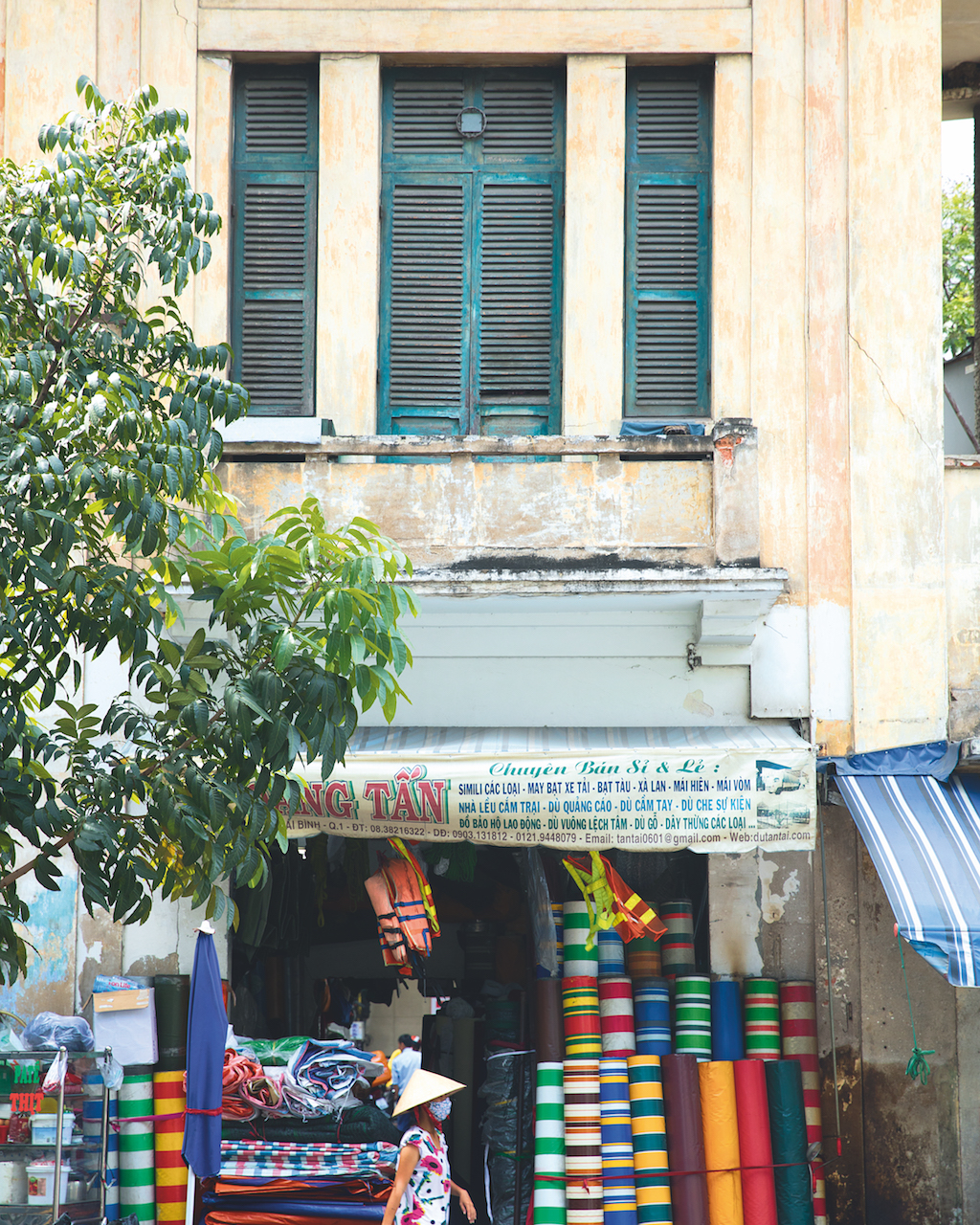
Two blocks away from the city’s Opera House, you can stroll up Pasteur street (yes, named after Louis) then hang a left down a looping alleyway to discover a decades-old pho joint called Pho Minh. From dawn till about 10am each morning, when the city has a relative coolness, you’ll find locals slurping down noodles and nibbling on fluffy pate so (local-style puff pastry) underneath the beautiful Art Deco signage. As customers chatter over their bowls and rattle the ice cubes in their glasses of tea, birds twitter in cages and, most pleasingly, there’s no blaring of horns.
Wherever you choose to dine, you’ll have a front-row seat to the vibrant theatre that is Saigon’s street life. In Vietnamese, there is a prefix for living things (con) and another for inanimate objects (cai) – it’s telling that streets are considered to be the former. They’re alive, literally, powered by all manner of activities – traders, purveyors, socialisers, idlers and the odd roaming out-of-towner who, from my experiences, is always welcomed with enthusiasm.
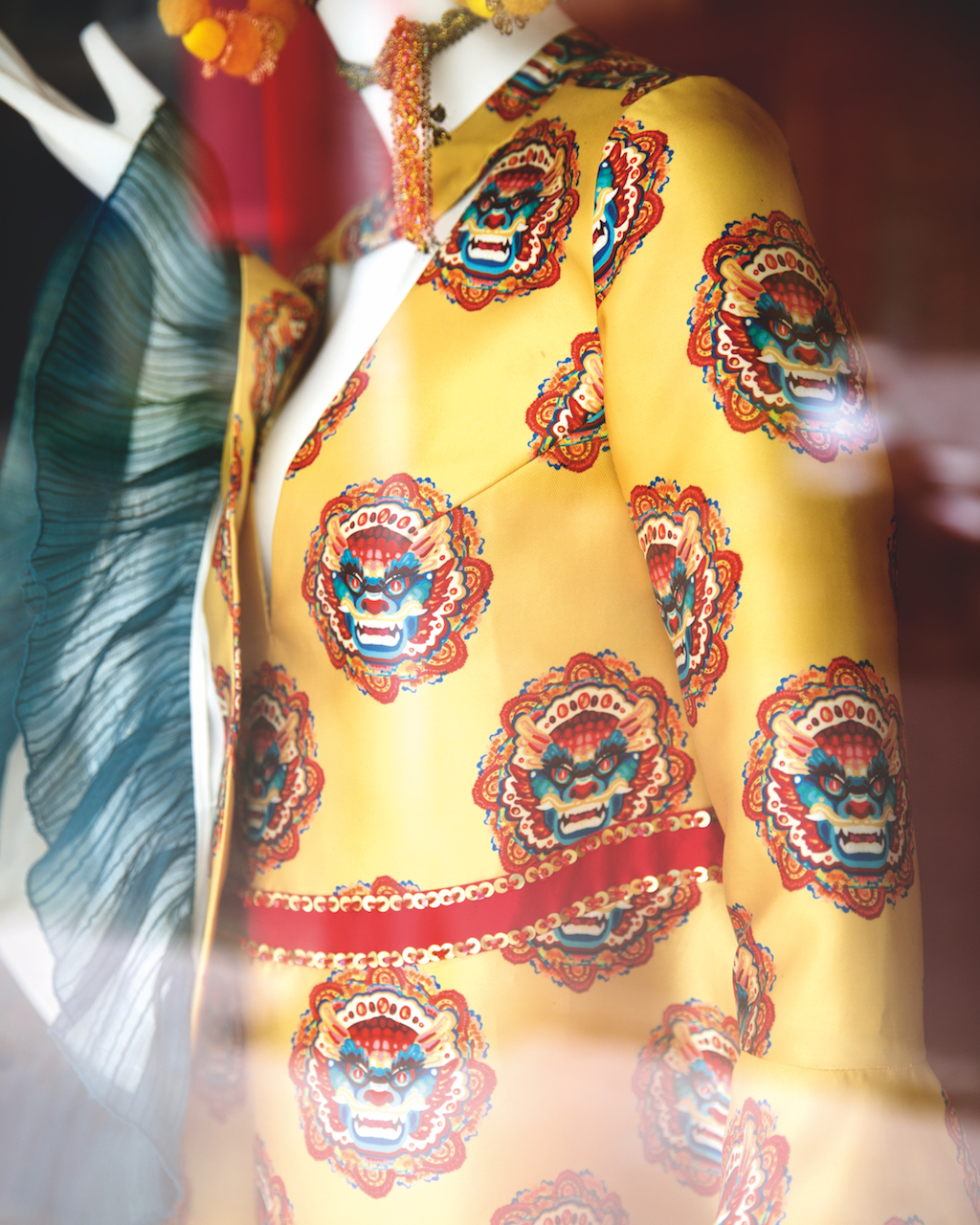
“Thankfully, it’s still the easiest thing in the world to interact with locals in Saigon,” says Chung Hoang Chuong, a former professor of Asian-American studies at the University of California, Berkeley, over Vietnamese Catimor cold brew at Red Door café, a haven from the afternoon heat but somewhat hidden on the third floor of an old French apartment block on Dong Khoi street. It’s a point worth underscoring: the inner city is home to a constellation of gentrified spaces, not just cafés, but boutiques, galleries, speakeasies and eateries, all squirrelled away in ageing residential blocks, where young entrepreneurs can find more affordable rents.

Chuong, a chatty septuagenarian who speaks English with an American accent with the odd French inflection, left the city in 1965 but like so many overseas Saigonese, he always yearned to return, and so he did upon retiring. He’s vexed by the world’s enduring obsession with the Vietnam War (called the American War here), which still dominates tourism itineraries for the city. “I’d rather visitors experienced the city’s side streets, alleyway culture and Saigonese hospitality than go to the War Remnants Museum or drive to Cu Chi tunnels to shoot an AK-47.”
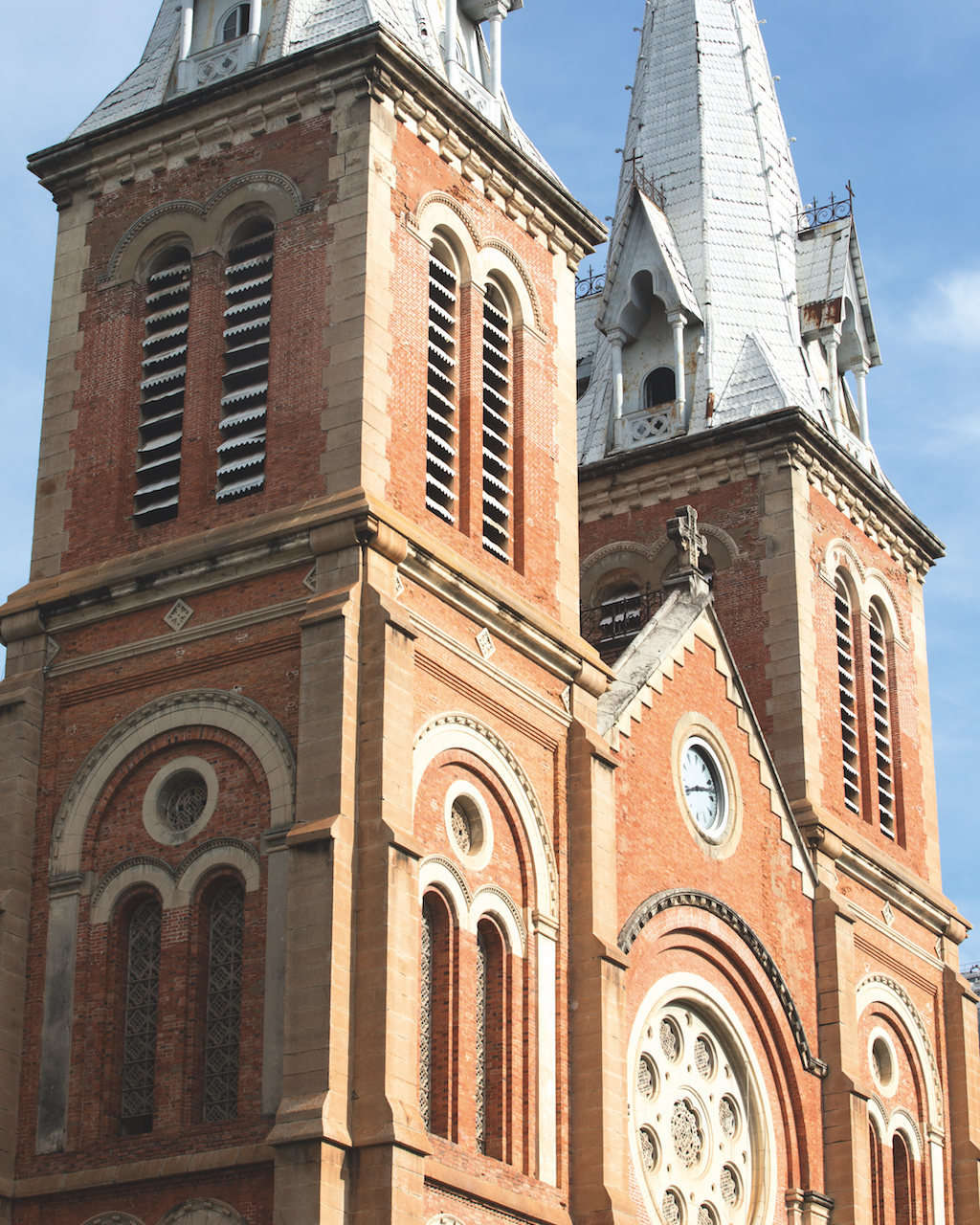
Of course, discovering the city on foot isn’t necessarily recommended right before or just after midday, when an intense heat bakes the pavements. The esteemed British novelist Graham Greene – author of The Quiet American, much of which is set in 1950s Saigon – was known to take a daily constitutional up Dong Khoi (formerly Rue Catinat) “to where the hideous pink cathedral blocked the way”. Clearly, he was no fan of the Notre-Dame Cathedral Basilica, and he must also have suffered the odd midday meltdown, judging by what his protagonist, Thomas Fowler, promises the heat will do to you and your clothes: “Your shirt is straightaway a rag. You can hardly remember your name, or even what you came to escape from.”
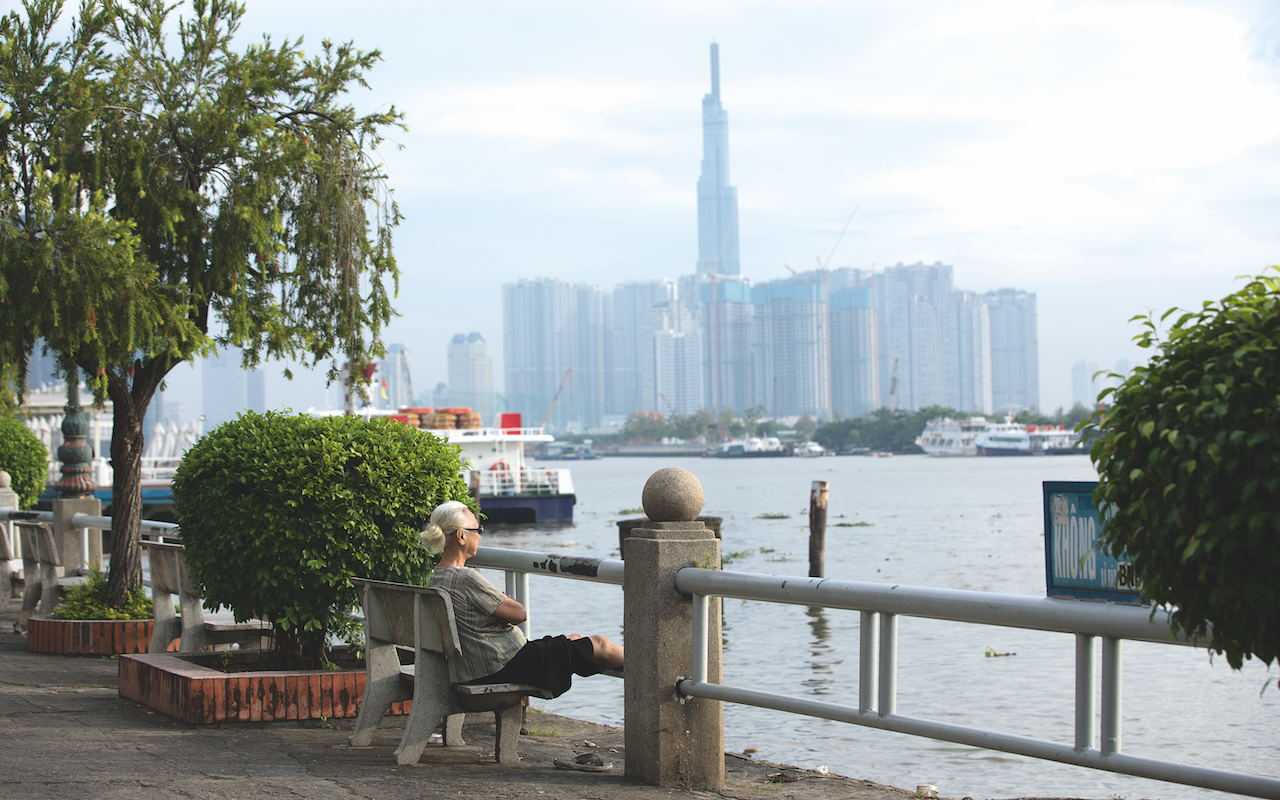
But Greene also knew that in the evening, a forgiving breeze would come off the river. Even in the last throes of a typical afternoon, a softer yellow light delivers a game-changing temperature drop. For locals, that’s the cue to commence street-side socialisation and dining right across the city. “On the pavement, down alleys or in a café, for Saigonese to be happy, all we need is a quiet corner to chem gio (shoot the breeze),” says Chuong. “Today, this city is bulging at the seams but there’s an easy-going essence that has endured. To me, it has always been a gentle place with a sense of civility. I still love to walk around and capture that feeling.”
“For Saigonese to be happy, all we need is a quiet corner to shoot the breeze”
Despite the lion heart sometimes required to cross the heady streets of Saigon, Duong extols the virtues of exploring on foot: “This city is moving faster than ever, and the climate can be challenging for walkers, but there’s a growing appreciation for a slow exploration.” She loves to reveal the hidden layers of her hometown on a short walking tour that goes from the Botanical Gardens past Notre-Dame to the Modernist Reunification Palace and a glorious, century-old Banyan tree, where pensioners exercise daily in the gloaming as commuters flood the roads.
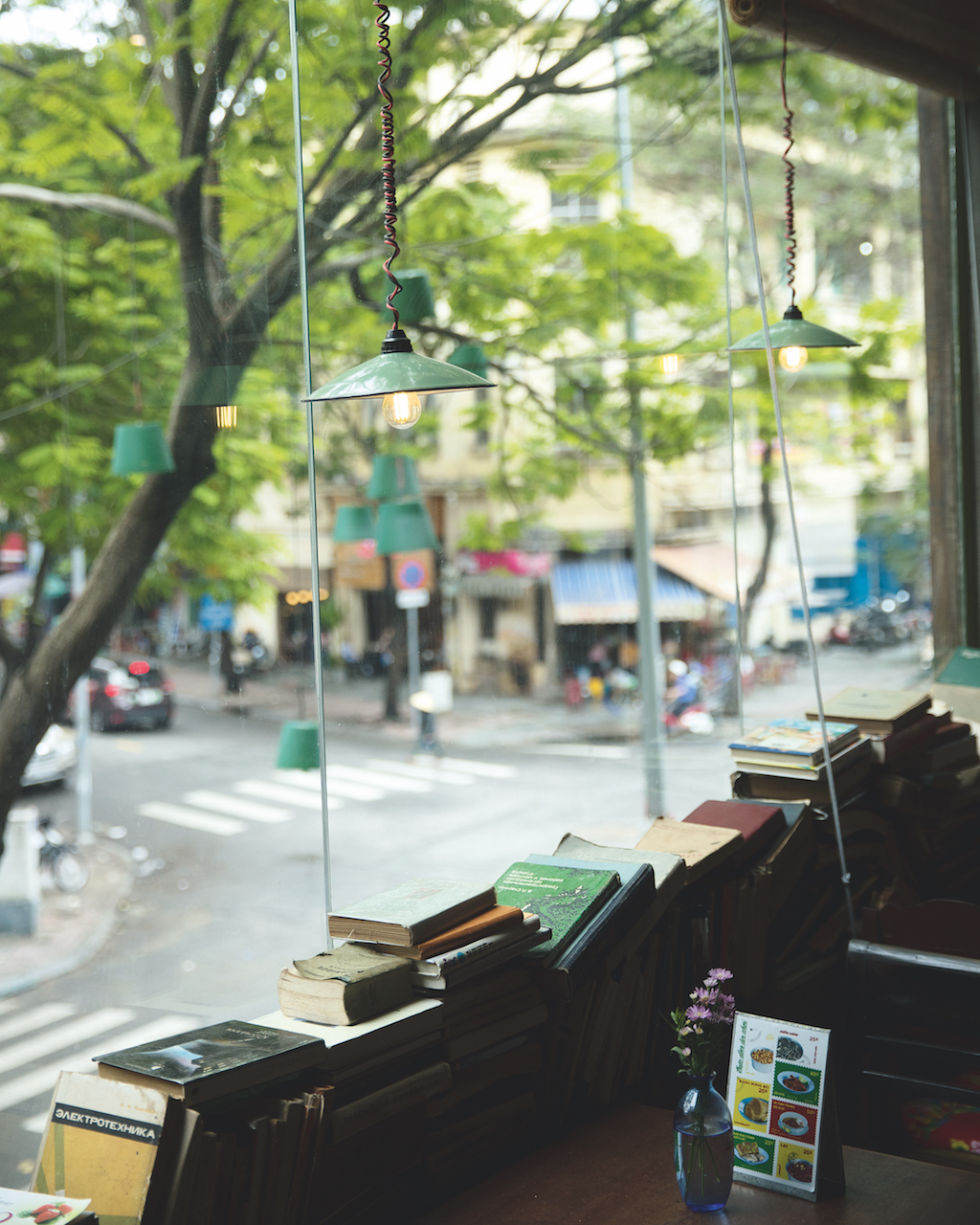
Walking with Duong through the city is a reminder of how much it has been transformed, over and over. As we sip on ca phe sua da (coffee with condensed milk on ice, still the city’s signature drink) halfway through a tour, she explains how we’re sitting in a 90-year-old Art Deco-style apartment block that was once home to the American consulate and French enterprises. It’s now filled with… colourful, small businesses, including the ironically named Cong Caphe (literally, “communist”), a kitschy café where staff in military clobber serve drinks in camping cups.
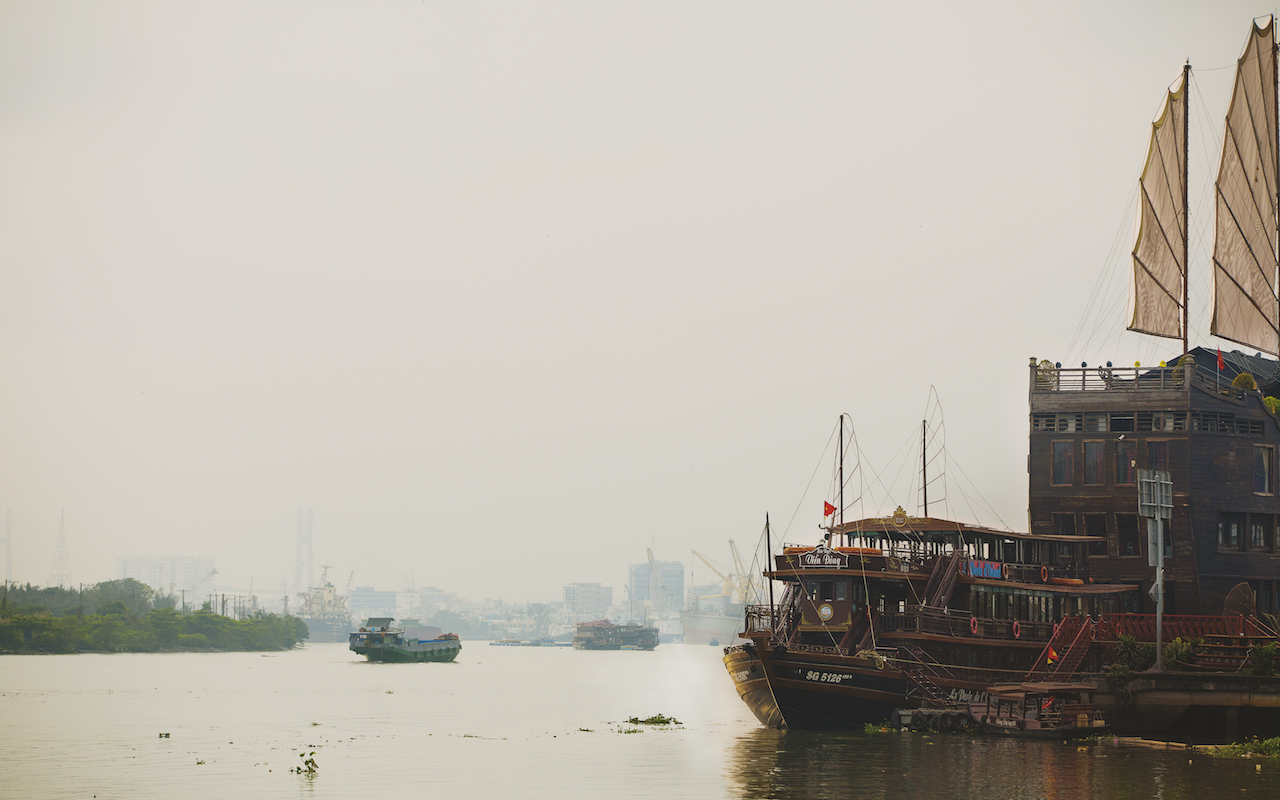
It’s often believed the shabby but characterful building, which has become a tourist attraction of sorts, might not be around to celebrate its centenary – like a number of the city’s ageing residential sites, it has been earmarked for redevelopment. The razing of heritage is a controversial topic and many, like Duong and Chuong, worry that all this is happening too fast. Having lived here for six years myself, I know the feeling. There are times when I get nostalgic over how things were just a few months ago, and it’s far from unusual to discover something you cherish, be it a generations-old noodle shop or Modernist-period building, has disappeared overnight.
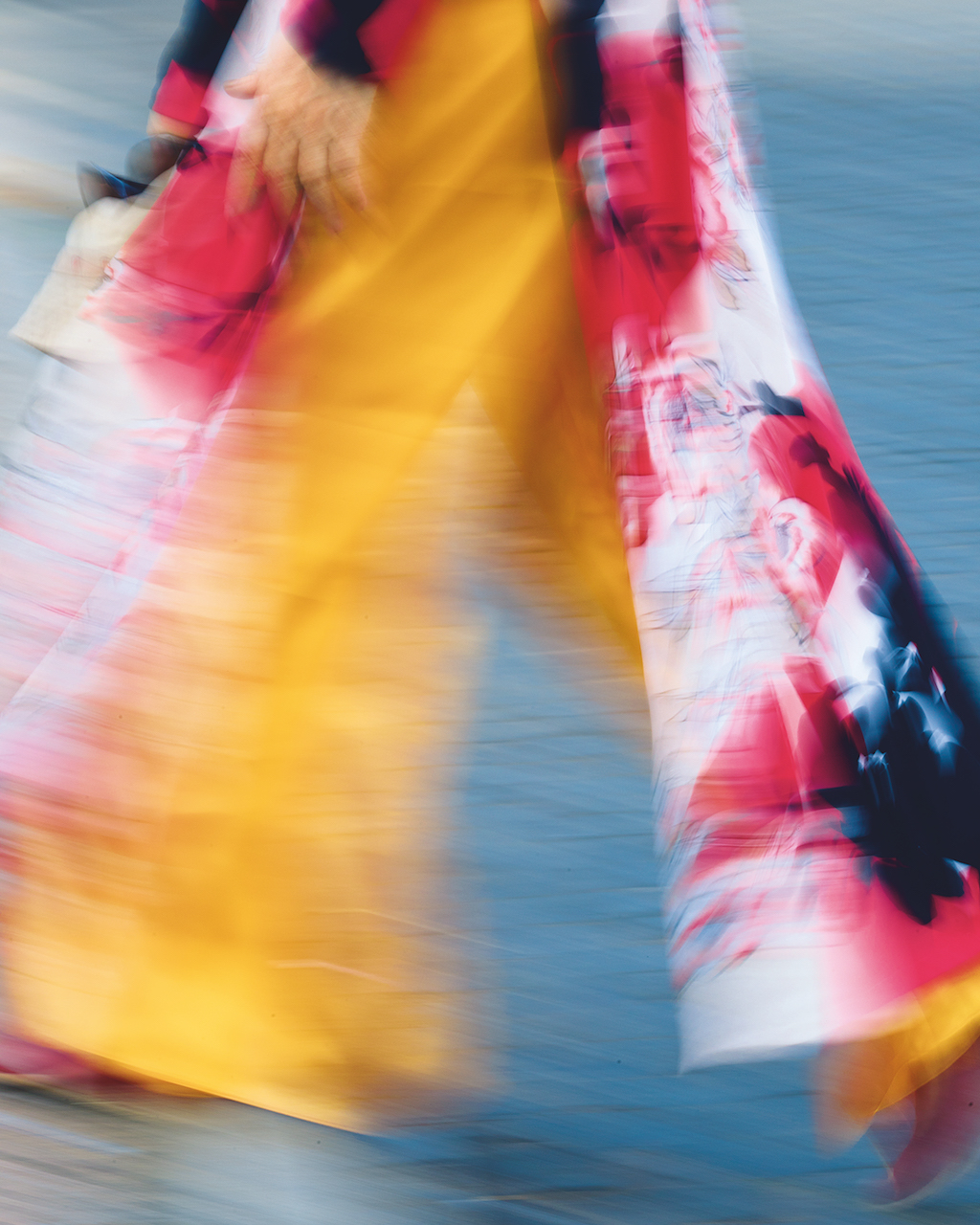
But considering the city’s history, this hunger for modernisation is understandable. The Colombian writer Gabriel García Márquez visited in 1979 to discover “an enormous city, lively and dangerous, with almost four million inhabitants, who go about the streets at all hours because they have nothing else to do”. The city, in short, was on its knees. Throughout its relatively short, mercurial history, Ho Chi Minh City has been a trading city powered by migrants, but when Márquez visited, for the first time, departures outnumbered arrivals. The most expensive medicine in town were pills for seasickness, he noted, as much of the city’s population contemplated boarding a boat to leave.
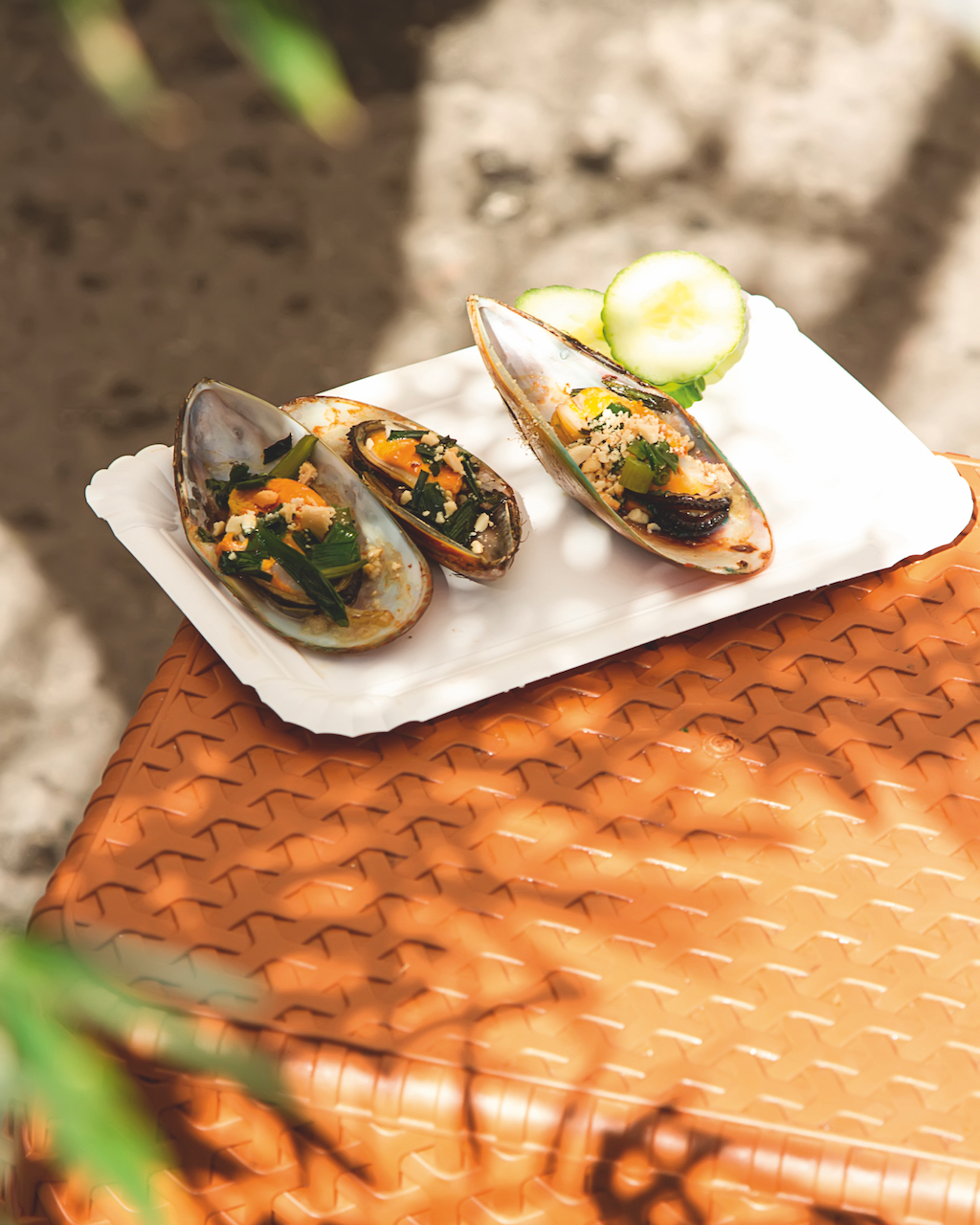
Nobody then could have imagined a renaissance like today. Which brings me back to 30 April, 2015 – where was the best place to celebrate? I wandered aimlessly, through the hordes of flag-waving locals, all eagerly awaiting the fireworks, which would be fired off the helipad of Bitexco Financial Tower. But I wasn’t fussed on seeing the pyrotechnics and, feeling impatient with the centre (as the British writer Norman Lewis did in the 1950s), I “plunged quickly into the side-streets”. It was there I found what I hadn’t realised I was looking for – tipsy residents sitting outside their homes but still in their “living rooms”, drinking beers on ice, snacking on various morsels and shooting the breeze.
It just took one “xin chao cac ban” (“hello my friends”) for me to be ushered into the circle and handed a drink. We spent the next hour, going back and forth between languages, speaking of Saigon and Ho Chi Minh City, the old days, the new days, how none of them had ever gone to the Observation Deck of the Bitexco Tower, let alone sat inside the Opera House. It felt like a quintessential Saigon moment: fascinating, fleeting, fun. Unforgettable. Timeless, even.
Singapore Airlines flies to Ho Chi Minh City two to three times daily. To book a flight, visit singaporeairlines.com
ALSO SEE: 5 local hot spots to check out in Ho Chi Minh City
This article was originally published in the January 2019 issue of SilverKris magazine
The post The path less travelled: Ho Chi Minh City’s hidden gems appeared first on SilverKris.
from SilverKris
No comments:
Post a Comment